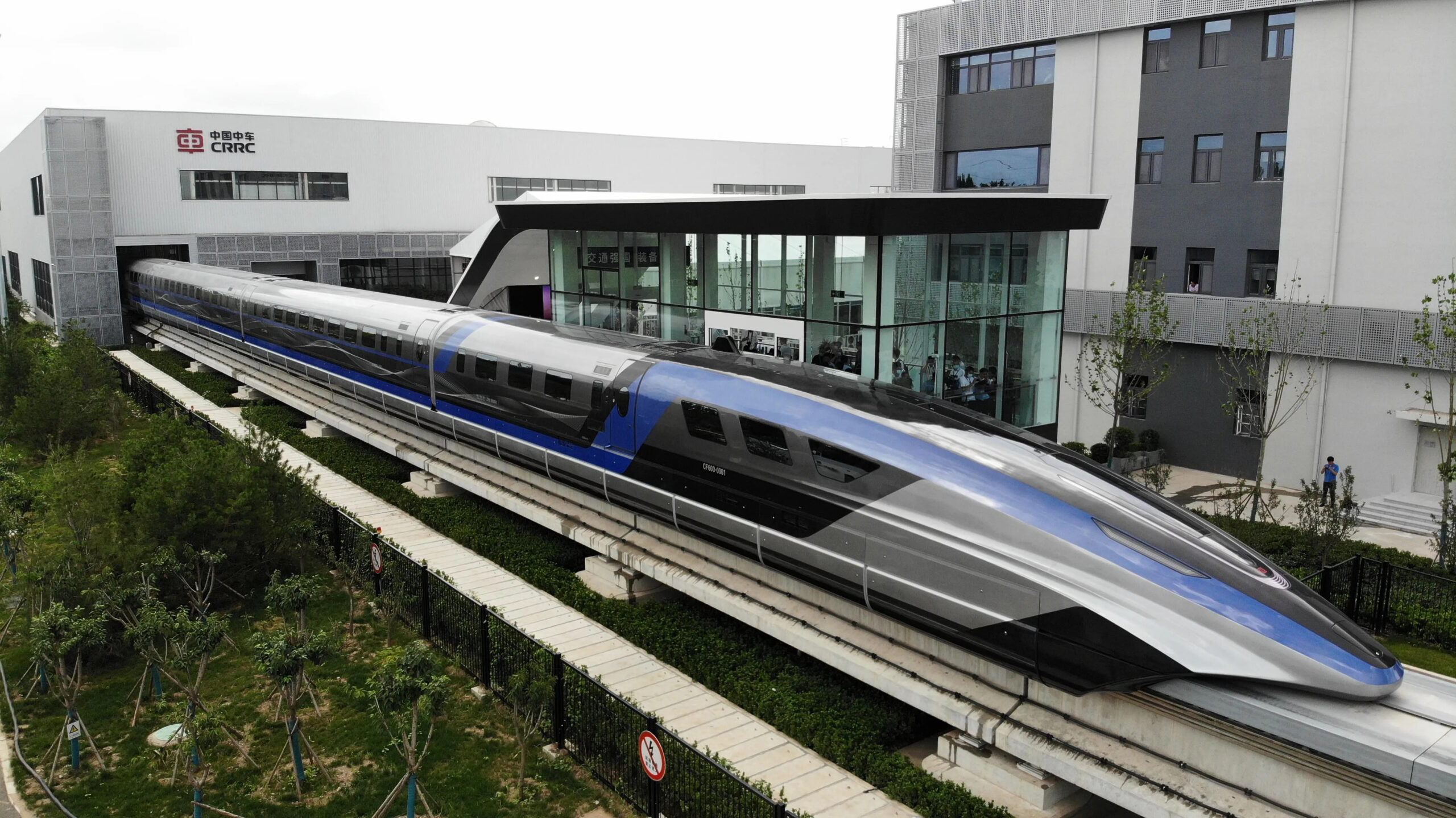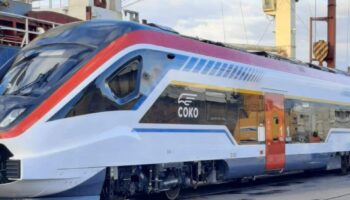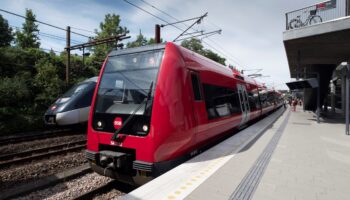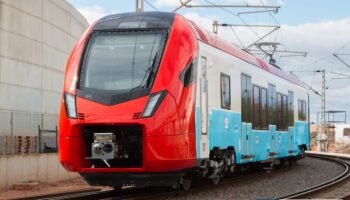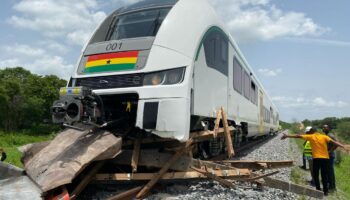Maglev is the world’s fastest public land transport system today. Speeds unbelievable for the rail fleet are achievable as no friction between a vehicle and a rack exists when the electromagnetic field lifts the vehicle above the rack and moves it forward. The speed record was set in April 2015 in Japan when the L0 maglev train, Shinkansen, accelerated to 603 km/h. Although the technology has been stirring minds for more than 100 years only three countries have maglev today, and all of these are Asian ones: China, Japan, and South Korea. Among them, China is the most focused on the large-scale and rapid adoption of magnetic levitation trains.
From Rolling Stock Market Trends almanac issued for the PRO//Motion.Expo 2023 International Railway Fair
The fundamentals behind magnetic levitation date back to the turn of the 20th century. The principle of operation of a magnetic cushion train was described by American inventors Emile Bachelet and Robert Goddard, also known for creating the first liquid-fuelled rocket engine, and Boris Weinberg, professor at the Tomsk Institute of Technology, Russia. In 1934, Hermann Kemper, a German engineer, patented the first concept of a magnetic levitating train. His project, however, was implemented only in 1971 in Germany when Krauss-Maffei used his drawings to build a working prototype of Transrapid-02 maglev that reached 164 km/h. A benchtop model, Transrapid-01, was built a year or so earlier.
Eight years later, Transrapid-05 became the first maglev train licensed for passenger transportation. It was exhibited at the International Transport Exhibition IVA’79 in Hamburg, and just months after transported 55,000 passengers on a 903 m line. The world speed record was set in the same year in Japan. The experimental train, ML500, reached 517 km/h at the Miyazaki maglev test track. Almost simultaneously, the testing of the TP-01 maglev train began at the Ramenskoye test track attracting the attention of engineers from different countries. The USSR was planning to launch maglev lines in Almaty and Yerevan but the country collapsed.
1984 saw the commissioning of the world’s first commercial maglev line, AirRail Link, in the UK. For the next 11 years, it delivered passengers from the Birmingham Airport to the nearest railway station 600 m away at a speed of 42 km/h. As the years went by, the equipment wore out, and the prices of spare parts went up, so the lossmaking route was closed.
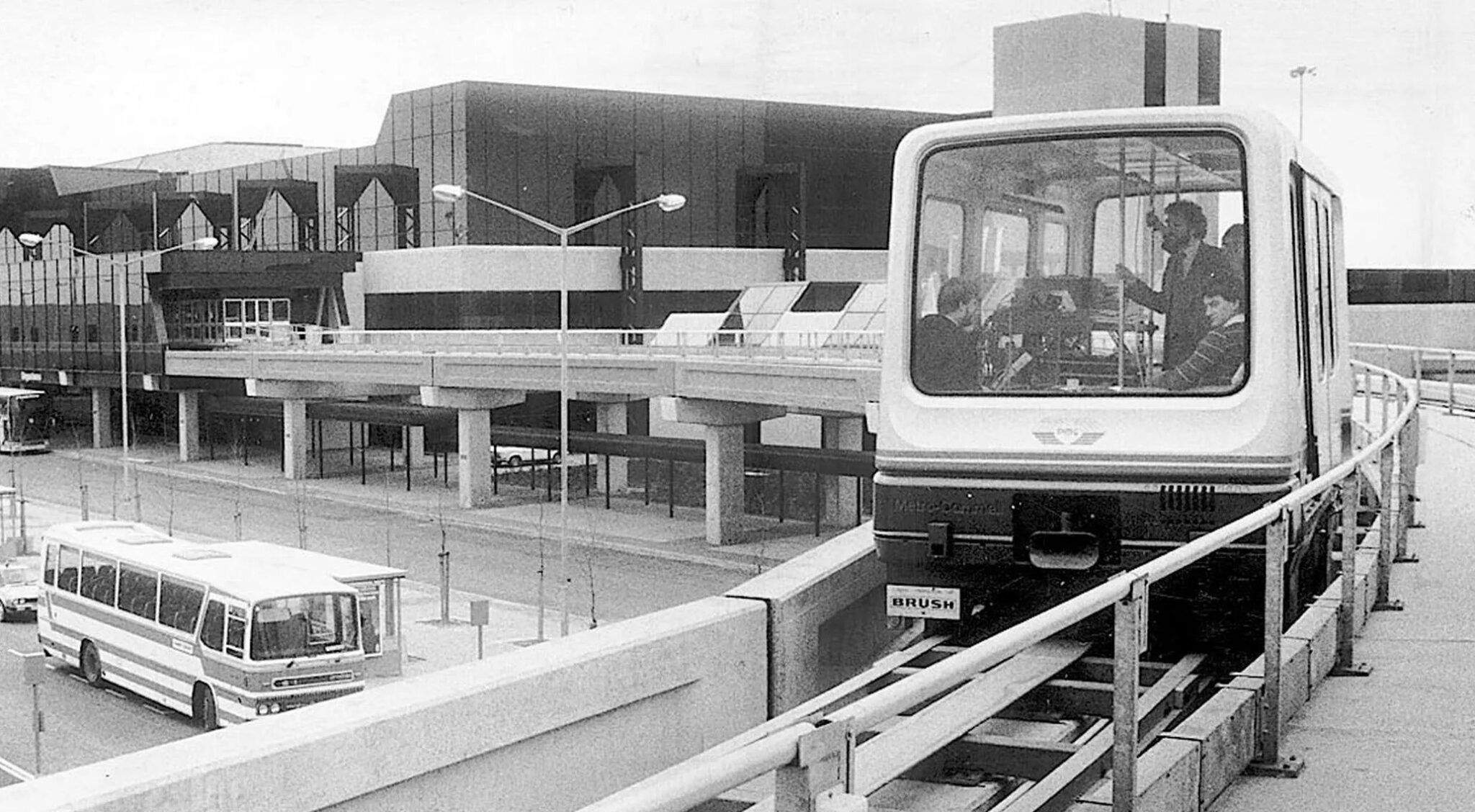 The world’s first commercial maglev line, AirRail Link. Source: BPM Media Syndication
The world’s first commercial maglev line, AirRail Link. Source: BPM Media Syndication
The second commercial maglev line was opened in Berlin in 1989. M-Bahn line of 1.6 km had three stations and connected the underground separated by the Berlin Wall, but already three years later, the line and the wall were dismantled. After that, no similar line was put into operation in Europe, but the technologies developed in Germany underpinned China’s success in this field.
Importing German expertise
In 1999, the Chinese government began exploring the prospects of building the Beijing–Shanghai high-speed railway. The expert group that conducted the feasibility study disagreed on the technology to be used. A group of experts that included Xu Guanhua, then the vice minister of science and technology, favoured magnetic suspension technology. Another group believed the world’s widely used high-speed steel-on-steel rail technology should be adopted. Following a consensus, experts decided to first build a maglev demonstration line to evaluate its maturity, availability, and economic performance in terms of commercial operation. In June 2000, the decision was made to build the maglev line in Shanghai.
The technological partner and rolling stock supplier was Transrapid International, the joint venture of Siemens and ThyssenKrupp which stood out for their extensive experience in this field. Since 1984, they have tested three maglev versions at their 31.5 km Emsland test track. The last one, Transrapid-08, was offered to China under the brand name SMT Transrapid. It was the train that was involved in the September 2006 accident on the test track in Lathen, Germany. A human error was reported to cause 23 fatalities and eventually led to the termination of the Transrapid consortium in 2012.
Between 2001 and 2003, the Shanghai maglev line of two stations was built. It takes only 7 to 8 minutes for the train to cover almost 30 km between the Pudong International Airport with Longyang Road Station. With an average operating speed of 250 km/h, the maglev train can reach its maximum speed of 431 km/h and hold it for one or two minutes.
According to official Chinese media, the high cost of the line — $38 mln/km — can be explained by the fact that a significant part of the route passes through wetlands. In such areas, the overpass supports stand on concrete pads resting on rocky ground. Regular passenger traffic started in 2004.
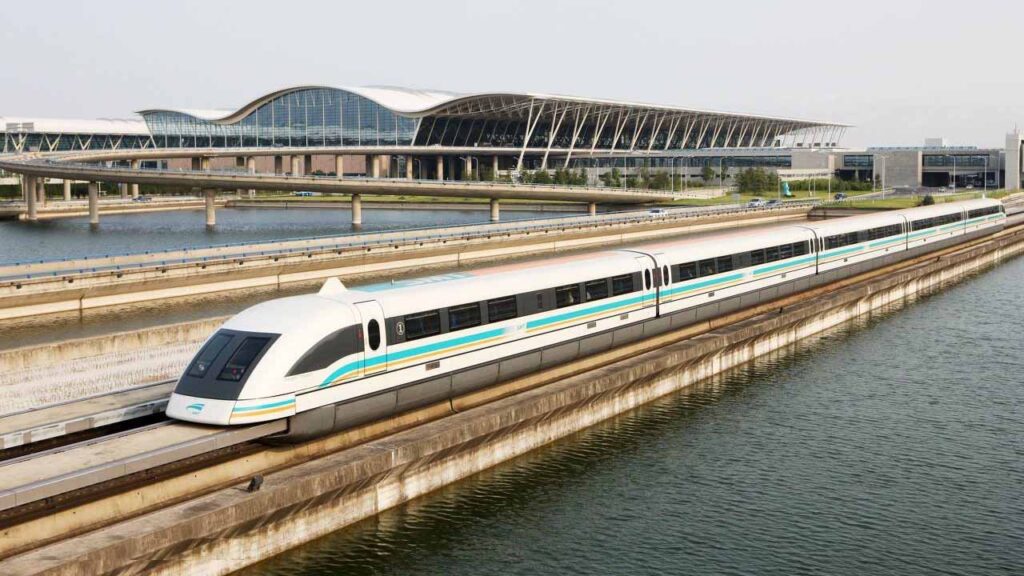 SMT Transrapid maglev train on the Shanghai maglev line. Source: w.litour.cn
SMT Transrapid maglev train on the Shanghai maglev line. Source: w.litour.cn
Transrapid International delivered three SMT Transrapid trains for the line. These fully remote-controlled vehicles can be operated in three-, four- and five-car train-sets. Each head car accommodates 55 passengers, an end one, 78, and an intermediate one, 110. Under cooperation agreements with Transrapid International, China was transferred technologies that allow building maglev trains largely independently. The first domestic train looked like SMT Transrapid made in Germany and joined the Shanghai maglev fleet in January 2011.
Despite the prohibitive costs of operating and maintaining the Shanghai line which results in its unprofitableness, China continues to see maglev as a promising technology.
Developing domestic technologies
There are four commercial lines in China with magnetic cushion trains, all of them are low- and medium-speed except the Shanghai line.
In 2014, the city of Changsha saw the start of construction of the first line based on domestic technologies for $750 mln. Trains — at first it was maglev 1.0 — float 8 mm above the guideway carrying passengers along the 18.5 km line of three stations between the international airport with the railway station in the south of the city. The line was launched in May 2016, and that is when the history of China’s magnetic levitation technology development began.
The rolling stock for the line was supplied by China’s railway industry giant CRRC. The maglev 1.0 was designed to operate at speeds of up to 120 km/h while the maximum operating speed on the line is 100 km/h. So a train covered 18.5 kilometres in 19 m 30 s. A three-car maglev accommodated 363 people, including 86 seated. Since 2018, the trains have been under automatic operation.
A new train, maglev 2.0, was launched in July 2021. It has a higher maximum operating speed of 140 km/h, so a travel time is three minutes less. The train also accommodates more passengers; now their number is 500.
Although the implementation of the Beijing S1 maglev project began in February 2011, i.e., earlier than in Changsha, it was delayed for several reasons. The 10.2 km line with eight stations was put into operation only at the end of 2017. Its fleet is built by CRRC, too, and consists of 10 six-car Linglong maglev trains with aluminium bodies. Each train can accommodate 1,302 passengers and has a maximum operating speed of 100 km/h.
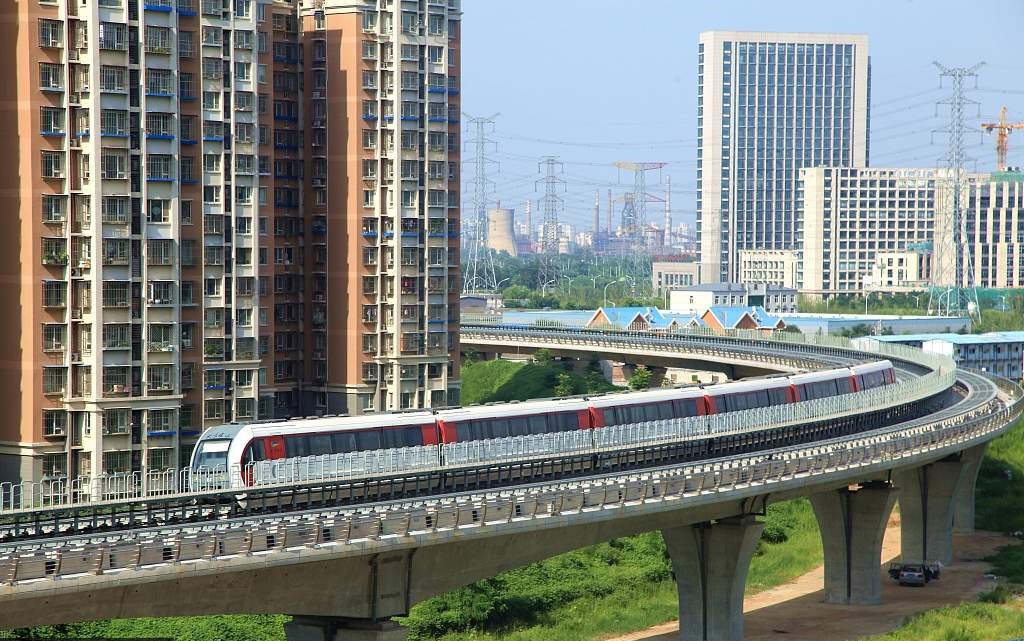 Linglong maglev train on S1 Beijing maglev line. Source: 视觉中国
Linglong maglev train on S1 Beijing maglev line. Source: 视觉中国
While the three mentioned lines operate in cities, the Fenghuang Maglev line in the Hunan Province is a tourist one passing through the city of Fenghuang from the UNESCO World Heritage List. The first phase of the project was launched in July 2022 when a 9.1 km section with four stations was opened for passengers. It is served by CRRC’s three-car T01 trains with a maximum speed of 100 km/h. As is customary on tourist routes, the trains have panoramic windows.
Another tourist maglev line is expected to open later this year, in Qingyuan. The first phase of 8.1 km has three stations and connects the Yinzhan Railway Station and Chimelong Paradise, a major amusement park. In the long term, the line will be 38.5 km long and will be operated by CRRC’s three-car trains for 500 passengers each. The operating speed is expected to be 120 km/h.
Towards large-scale activities
Mastering the high-speed maglev technology is China’s ambition. In September 2019, the Outline for Building China’s Strength in Transport was published. Approved by the Communist Party of China Central Committee and the State Council, the document presents the vision and roadmap for the country’s transport industry and contains plans for the development of maglev trains operating at 600 km/h or in a vacuum.
There exist two high-speed maglev technologies: electromagnetic suspension (EMS) and electrodynamic suspension (EDS). China has prototypes of both systems.
To levitate the train, electromagnetic suspension uses the attractive force between magnets on the train’s sides and underside and on the guideway. The maglev hovers above the T-shaped rail resembling a monorail. The rail is made of a conductive material and has ferromagnetic stators on it. The linear motor, a type of AC motor, changes traction and speed varying current strength and frequency, and the train moves. The main weakness of EMS is the levitation gap of only 1–2 cm between the magnet and the stator, which must be controlled and corrected by special automated systems. Today, the EMS technology is used in Transrapid trains and the Shanghai maglev line we described above.
In many respects, electrodynamic suspension systems are similar to EMS. The main difference is that the magnets push the train away from the guideway rather than attract. There are other differences, too. The rails are U-shaped. Super-cooled superconducting electromagnets can conduct electricity for a short time after the power is cut. The trains roll on rubber tyres until reaching a lift-off speed of about 100 km/h. Unlike EMS, the EDS train can levitate almost 10 cm above the guideway.
The first prototype head car of a high-speed maglev designed in China was unveiled in May 2019; the five-car EMS train-set was shown to the public at the CRRC plant in Qingdao in July 2021. As it was reported in 2018, ThyssenKrupp, a former participant of Transrapid, was working with the Chinese manufacturer focusing on the magnetic levitation technology.
As the declared operational speed of the train is 600 km/h, CRRC plans to reach 660 km/h during the testing. It is expected to take 3.5 min (or 22 km) to accelerate to 600 km/h and 3 min (15 km) to decelerate to 0 km/h. These speeds are impossible to reach now when the prototype is tested on a 1.5 km track in Shanghai, but in the future, a 60 km test track in Datong will be put into operation. Its first stage will be only 2 km long, but then it will be extended to 15 km. The train is designed to pass 350 m curves and operate track gradients of up to 100‰. The train-sets will have from 2 to 10 cars accommodating up to 904 passengers. The designed automation level is GoA3.
In the meantime, CRRC cooperates with the Southwest Jiaotong University and the national operator China Railway in the development of an EDS maglev train. Its head car was unveiled in early 2021. According to Xinhua, investments amounted to $9 mln. The maglev train is declared to use superconductivity to accelerate to up to 620 km/h and, later, is expected to reach 800 km/h. Its tests are organised on a 165 m line in Chengdu. Made of carbon fibre, the prototype weighs about half as much as high-speed train cars.
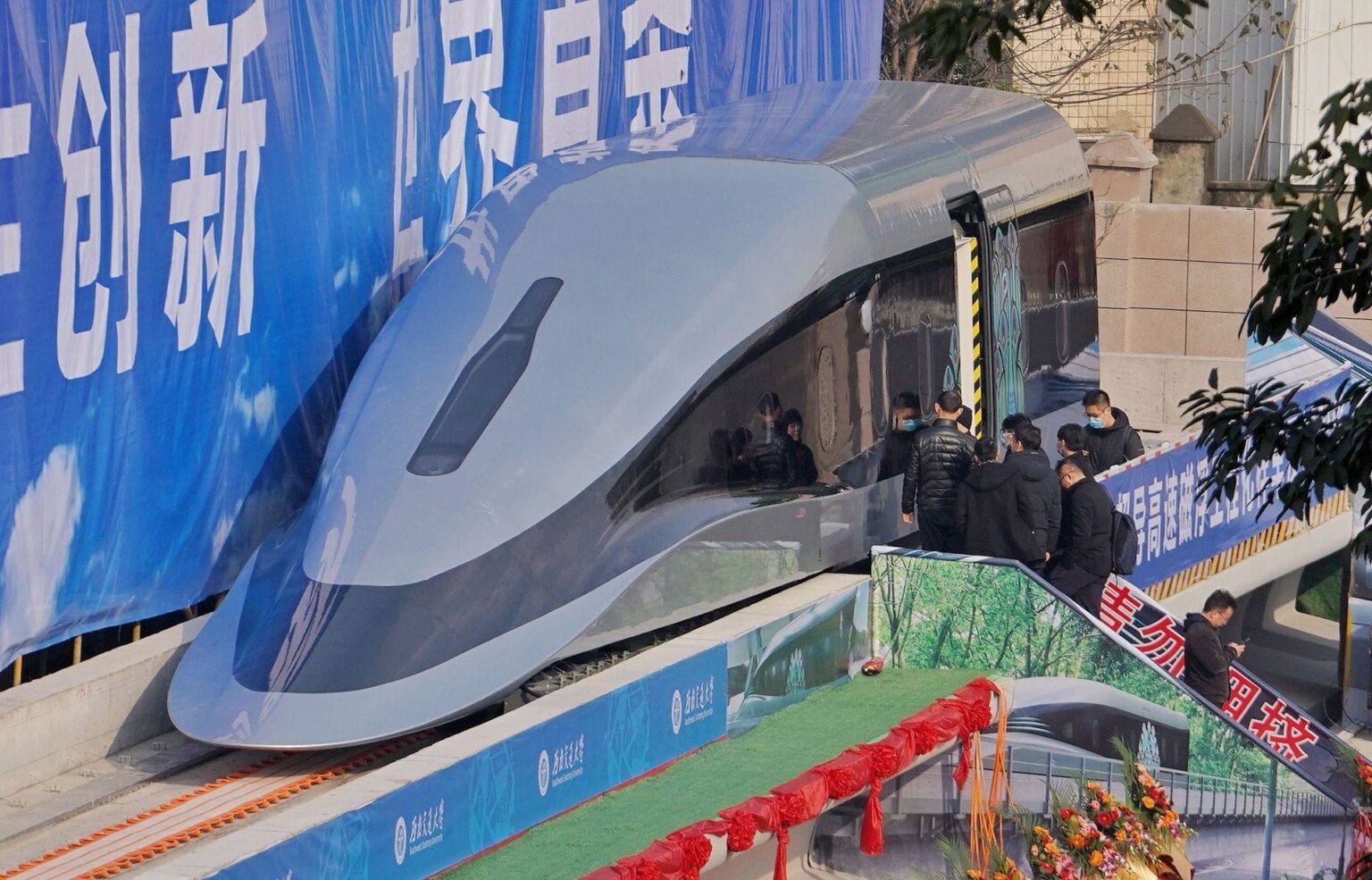 Presentation of the EDS maglev head car, 2021. Source: china-uzfriendship.com
Presentation of the EDS maglev head car, 2021. Source: china-uzfriendship.com
China is implementing several low-vacuum projects. CRRC tests an EDS maglev capsule which is believed to reach 600 km/h and higher in a low-vacuum tube. Another project, T-Flight led by the aerospace corporation CASIC, is dedicated to the development of a Hyperloop capsule train capable of supporting speeds up to 1,000 km/h in low-vacuum. Its prototype has already reached 623 km/h on the test line in Datong under non-vacuum conditions.
At the same time, no significant steps have been made toward the commercialisation of high-speed maglev projects yet. In February 2021, a 15-year plan by the Department of Natural Resources of the Guangdong Province proposed to allocate a plot to construct two maglev lines with operating speeds of 600 km/h: Beijing-Hong Kong-Macau and Shanghai-Shenzhen-Guangzhou. The maglev is expected to save travelling time, so the route from Guangzhou to Beijing will take less than 4 hours and from Guangzhou to Shanghai less than 3 hours. However, these plans have not yet been further developed.





